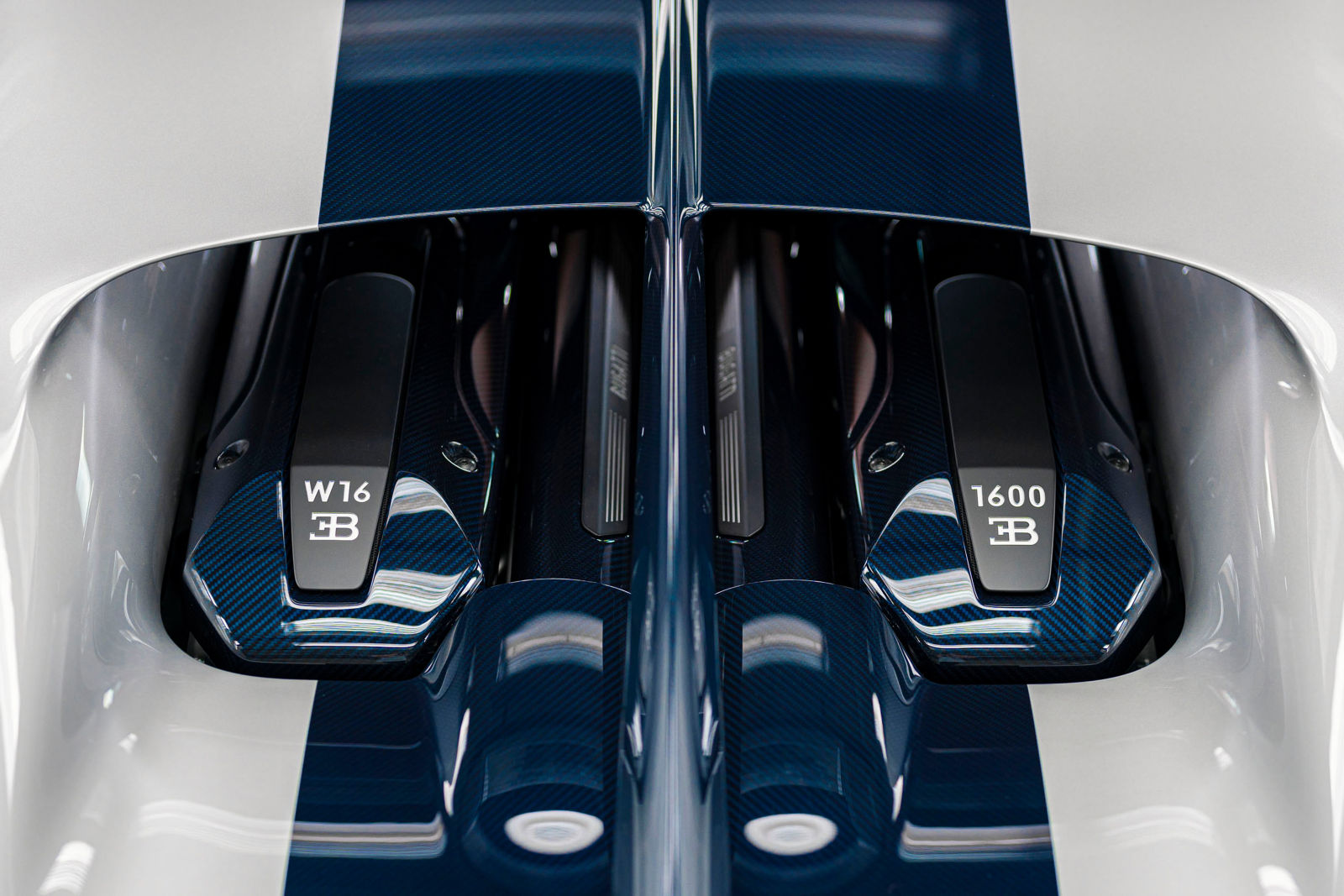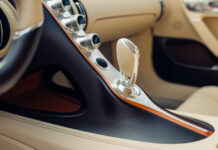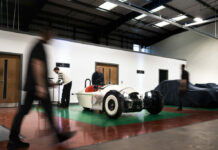The most abundant material in a Bugatti is carbon fiber. Not only is it used in the monocoque, but the body is also shaped from this advanced, lightweight and incredibly strong substance. Without its cutting-edge properties, a Bugatti hyper sports car could not offer the incomparable performance that it does. But in a Bugatti, carbon fiber is not just functional – it is also beautiful.
Ever since the EB110, one of the world’s first production cars fitted with a carbon fiber monocoque, this material has formed a core part of the Bugatti ‘Form Follows Performance’ design philosophy. It was on the Veyron Pur Sang in 2007 that the natural beauty of the fibers first come to the fore, clear-coated on this special edition car to showcase the stunning raw materials that make up a Bugatti hyper sports car. Today, Bugatti offers its customers nine different tints and various levels of visible carbon fiber – but the process of creating a material that is both beautiful and strong is one of intricate craft and complexity.
Carbon fiber body panels are made from sheets of overlapping woven fibers that are extremely thin, at around a tenth of the width of a strand of human hair. But the way these fibers are arranged is absolutely crucial to the strength of the sheets, most rigid in the direction that the fibers are pointing. And although the process of aligning them may be difficult and time-consuming, the benefits speak for themselves; body components made of carbon fiber weigh 20-30% less than a corresponding element made of aluminum, or 50% less in the case of steel, while still being very resistant.

















